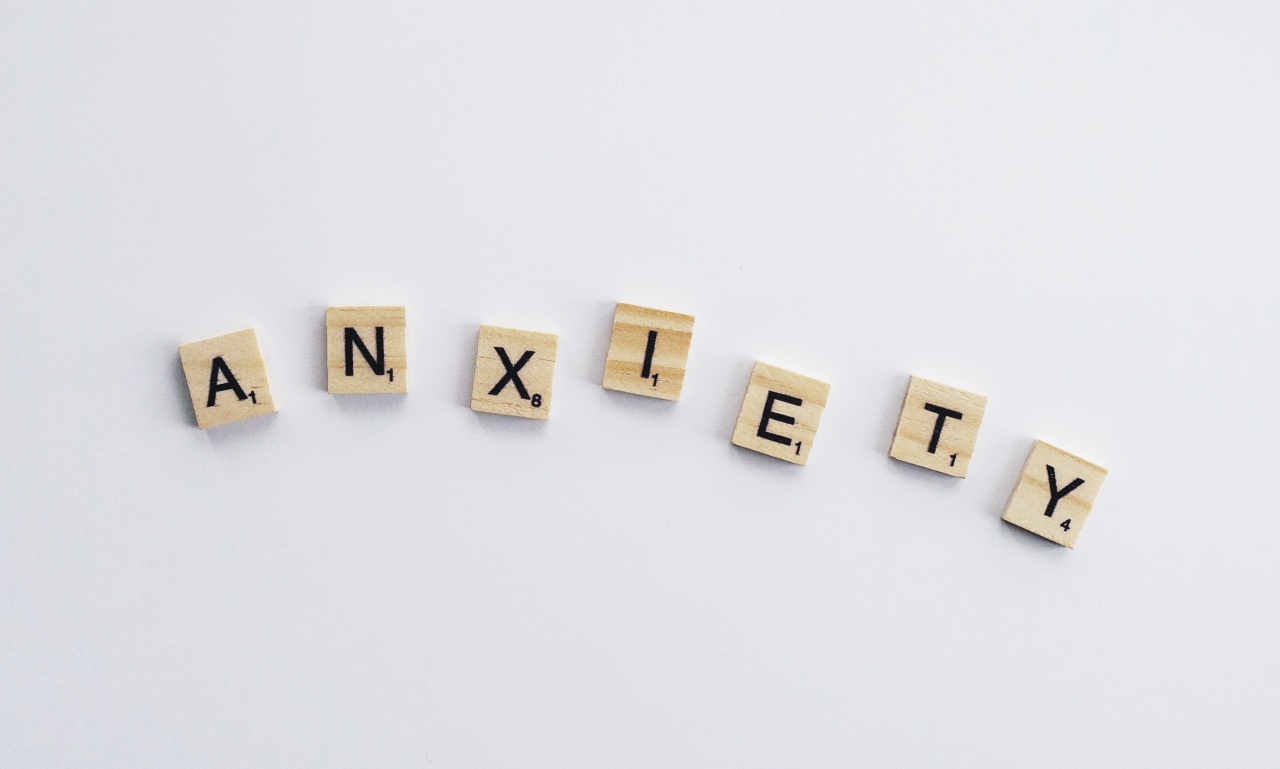Daydreaming is a common human experience that involves a shift in attention from the external environment to internal thoughts and imaginings. It often occurs spontaneously and can vary in duration and intensity.
While daydreaming is often seen as a passive and unproductive state, recent research suggests that it may have a connection with mental health.
The Science of Daydreaming
To understand the potential link between daydreaming and mental health, it is essential to explore the underlying science behind daydreaming.
Daydreaming is primarily associated with the default mode network (DMN), a network of brain regions that is active when the mind is at rest and not focused on the outside world.
Research has shown that the DMN is involved in various cognitive functions, including memory consolidation, self-referential thinking, mind-wandering, and imagination.
It allows individuals to mentally simulate past experiences, anticipate future events, and engage in creative problem-solving.
Positive Effects of Daydreaming
Daydreaming is often considered a pleasant and enjoyable activity. It allows individuals to escape from the present moment and engage in a self-generated inner world of thoughts and fantasies.
When daydreaming, people can explore new ideas, mentally rehearse future scenarios, and find solutions to problems.
Moreover, daydreaming has been linked to creativity.
A study published in the journal “Consciousness and Cognition” found that individuals who scored high on measures of daydreaming had higher levels of divergent thinking, which is essential for generating creative ideas. Daydreaming may provide the necessary mental space for connecting seemingly unrelated concepts and fostering innovation.
Negative Effects of Daydreaming
While daydreaming can have positive effects, excessive or uncontrollable daydreaming may be a sign of mental health concerns.
Maladaptive daydreaming is a term used to describe an intense and immersive form of daydreaming that interferes with daily functioning. Individuals with maladaptive daydreaming may spend several hours a day lost in their daydreams, neglecting responsibilities and relationships.
Studies have revealed that excessive daydreaming may be associated with symptoms of attention-deficit hyperactivity disorder (ADHD), obsessive-compulsive disorder (OCD), depression, and anxiety.
It is possible that maladaptive daydreaming serves as a coping mechanism for individuals struggling with these mental health conditions, allowing them to escape from distressing thoughts and emotions.
Daydreaming and Mental Health
While the relationship between daydreaming and mental health is complex, some research suggests that certain patterns of daydreaming may be linked to specific mental health conditions.
1. Depression
Depression is characterized by persistent feelings of sadness, low motivation, and decreased pleasure in activities. Research has found a correlation between excessive rumination during daydreaming and symptoms of depression.
Rumination involves repetitively focusing on negative thoughts and experiences without finding solutions or gaining insight. Excessive rumination during daydreaming may contribute to the maintenance and exacerbation of depressive symptoms.
2. Anxiety
Anxiety disorders involve excessive worry, fear, and apprehension. Studies have shown a link between maladaptive daydreaming and symptoms of anxiety.
The immersive and vivid nature of daydreaming can lead to the creation of distressing scenarios, increasing anxiety levels. Additionally, individuals with anxiety may use daydreaming as a way to escape from situations that provoke anxiety or panic, further reinforcing the connection between daydreaming and anxiety.
3. ADHD
ADHD is a neurodevelopmental disorder characterized by difficulties in paying attention, impulsivity, and hyperactivity. Individuals with ADHD are more likely to experience frequent and prolonged daydreaming episodes.
For people with ADHD, daydreaming may serve as a way to compensate for the under-stimulation they experience in their environment. By creating an internal world of stimulation and interest, daydreaming may temporarily alleviate feelings of boredom and restlessness associated with ADHD.
How to Harness the Benefits of Daydreaming
For most individuals, daydreaming is a normal and healthy cognitive process. To harness the benefits of daydreaming while minimizing the potential negative effects, consider the following strategies:.
1. Set aside dedicated daydreaming time
Allocate a specific time each day for daydreaming. This intentional practice allows you to explore your imagination and engage in creative thinking without compromising daily responsibilities.
2. Practice mindfulness
Incorporate mindfulness exercises into your daily routine to enhance awareness of the present moment. Mindfulness can help you recognize when daydreaming becomes excessive or unproductive, allowing you to redirect your attention to the present.
3. Seek professional help if necessary
If you find that daydreaming consumes a significant amount of your time and interferes with your daily life or mental well-being, consider seeking professional help.
Mental health professionals can provide guidance and interventions tailored to address potential underlying concerns.
Conclusion
Daydreaming is a complex cognitive process with both positive and negative effects on mental health.
While it can foster creativity and imaginative thinking, excessive or maladaptive daydreaming may be associated with mental health conditions such as depression, anxiety, and ADHD. It is important to recognize and evaluate patterns of daydreaming to harness its benefits effectively and address any potential negative impacts on mental well-being.






























